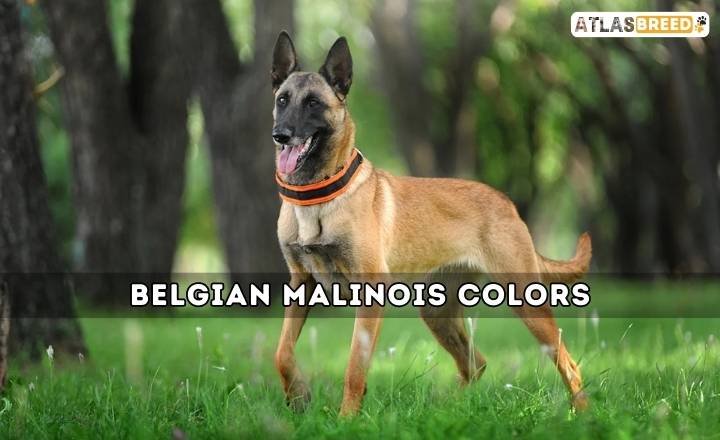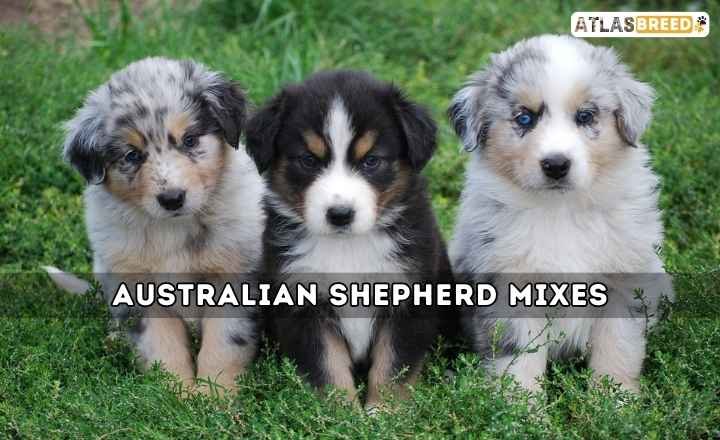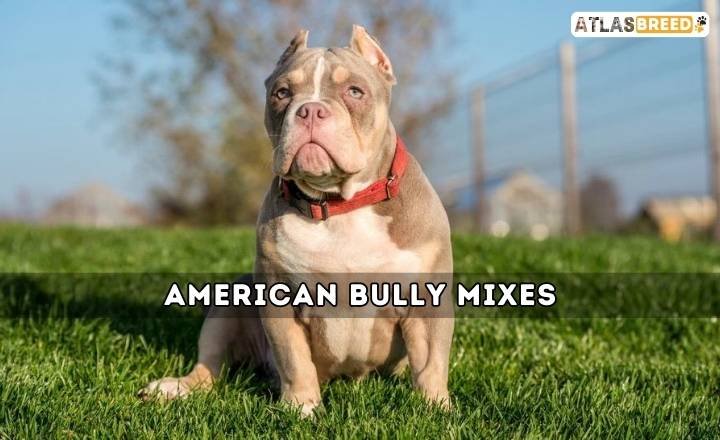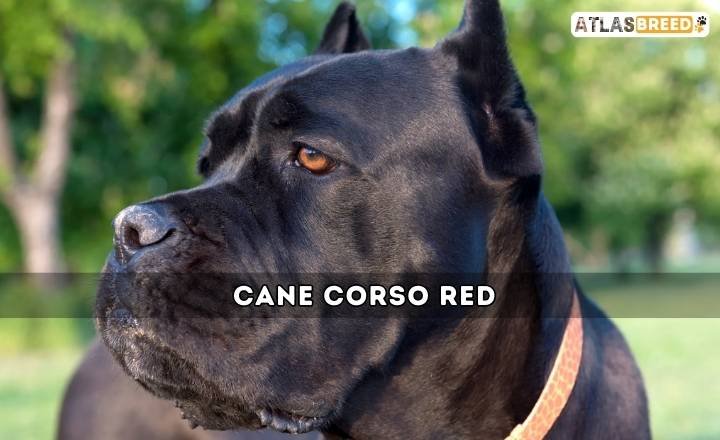Proliferating in their early months the German Shorthaired Pointer growth chart are searched by the families to praise them for their flexibility as hunting dogs. When a puppy’s development doesn’t match expectations new owners and breed enthusiasts frequently wonder about this.
You can make sure your German Shorthaired Pointers puppy is growing on a healthy trajectory by having a good awareness of the usual weight and height of these puppies. To help parents who are interested in tracking their puppy’s development, this page offers a thorough overview of these developmental stages.
German Shorthaired Pointer Growth Chart
| Age | Weight | Height |
| 1 month | 6 – 8 lbs | 8 – 10 inches |
| 2 months | 10 – 13 lbs | 10 – 12 inches |
| 3 months | 20 – 24 lbs | 12 – 14 inches |
| 4 months | 26 – 31 lbs | 14 – 16 inches |
| 5 months | 33 – 37 lbs | 16 – 18 inches |
| 6 months | 40 – 44 lbs | 18 – 20 inches |
| 7 months | 42 – 49 lbs | 20 – 22 inches |
| 8 months | 44 – 53 lbs | 21 – 23 inches |
| 9 months | 46- 55 lbs | 21 – 23 inches |
| 10 months | 50 – 57 lbs | 21 – 24 inches |
| 11 months | 51 – 59 lbs | 21 – 24 inches |
| 12 months | 52 – 62 lbs | 22 – 24 inches |
| 24 months | 53 – 64 lbs | 22 – 24 inches |
GSP Growth Stages
A German Shorthaired Pointer pup’s developmental stages can differ significantly from one to the next, highlighting the individual characteristics of every dog as explained in the gsp growth chart. While some puppies make an early splash due to their remarkable size, others could mature more slowly.
Owners must comprehend that this variation in growth is quite normal and does not necessarily portend health problems. A tiny puppy is a good example of a late bloomer or it could be a reflection of the subtle genetic differences in their family.
0-4 Weeks
Puppies between the ages of 0-4 weeks are in a critical growth phase. They are relying entirely on their mother’s milk for nourishment. This exclusive dependency highlights the incredible role of maternal care, which is known for its strong family bonds and nurturing instincts.

If a mother is absent or unable to nurse her pups, immediate action is required to ensure these German shorthaired pointers for adoption bundles of energy receive appropriate nutrition.
1-2 Months
Puppies start to need more than milk at five weeks of age which is a significant milestone. It is a breed distinguished by its lively disposition and acute prey instincts thus early socialization is crucial, especially for those with eye-catching black and white coats.
Owners of German Shorthaired Pointers need to temper their enthusiasm with caution even while this fresh curiosity is stimulating. Solid foods will eventually be introduced when he weans himself off of his mother’s milk, and during this transitional period, providing premium puppy food is crucial.
2-3 Months
You will note that their German shorthaired pointers black and white puppies are growing larger and gaining weight at an almost unbelievable rate during the vital growth stages of the breed. When your GSP turns three months old, they usually finish important developmental stages.
These stages include deworming and getting their first shots against potentially dangerous diseases like canine parvovirus. During this exciting stage of development, these cute puppies start to show signs of strength and independence which often leads pet owners to believe they’re ready for extended outdoor adventures.
3-4 Months
When your puppy is between three and four months old, he goes through a fun stage in his personality development where characteristics that define him from the other puppies in his litter start to show.
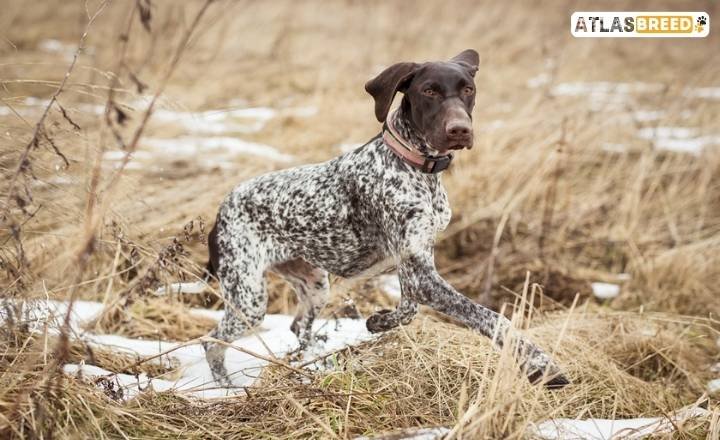
You will learn at this point if your partner is a relaxed cuddler or an intrepid traveler. Your GSP’s distinct personality can now be seen, providing a clear image of his potential adult manner, even though growth may slow down compared to those hectic early weeks.
4-6 Months
Your German Shorthaired Pointer (GSP) is not only a ball of energy during the 4-6 month period; he’s also a perceptive observer who enjoys pushing limits. His curiosity and independence take off at this age, forcing him to test the boundaries of tolerance and authority.
Because he still has the heart of a puppy, it’s tempting to find his actions adorable but resist the urge to let his cuteness cloud your judgment. Training must be strict since this is how habits are formed from character.
6-12 Months
The switch to adult dog food can feel like a rite of passage for both pet and owner once your dog reaches the 6–12 month mark. It is important to handle dietary modifications cautiously during this time. To make digestion easier, a gradual transition beginning with combining adult kibble with puppy food allows you to keep an eye out for any dietary sensitivities.
During this careful transition period, any digestive surprises like bothersome diarrhea are minimized and their seamless adaptation to new nutrients is ensured.
1-2 Years
It’s an exciting time when your German Short-haired Pointer enters adulthood, full of discoveries and strengthening relationships. At this point, you should be able to see the true results of your training; he should be able to obey orders like “sit,” “stay,” and “come.” His puppy socialization abilities have enabled him to easily handle encounters with people and other dogs.

You may also observe minor changes in his personality as he gets older, such as a growing protectiveness or a fondness for particular activities. Even after reaching maximum height, slight weight changes are a normal component of this process because muscle mass keeps growing.
Factors That Affect Growth
In the same way that people grow at varying rates so do our animal friends. This variation is not just a peculiarity of nature a variety of factors, including activity levels, food, and heredity, influence it. German shorthaired pointers are present in different colors that makes them distinguishable.
If your puppy looks a little bit bigger or smaller than typical, it could be due to modest changes in diet or just the inherent variation that exists between breeds. Accept these variations as a part of what makes each dog special, but continue to pay close attention to their general health.
Genetics
The intriguing variation found within dog breeds can be observed through the delicate dance of genetics in dog growth. This genetic blueprint explains why the contrasts between Corgis and Great Danes are so obvious: Corgis’s strong tiny legs and Great Danes’ massive stature are not just the result of environment or diet, but rather an inherent expression of their DNA.
Nutrition
A balanced diet is essential for your GSP puppy’s best growth and development, laying the groundwork for a healthy and active adulthood. Protein-rich diets are ideal for high-energy breeds for their muscular growth and general well-being.
Seek for dog food that has a high-quality protein source as the first ingredient. This will guarantee that your dog is getting the nutrients he needs to maintain an active lifestyle rather than just filling up on filler.
Physical Activity
For the sake of both your German Shorthaired Pointer’s (GSP) happiness and long-term health, you must find the ideal amount of physical exercise for them. Even while these active canines like regular exercise running over wide fields or jumping into the water the sensitive puppy stage calls for a more cautious approach.

Spaying And Neutering
Dog owners may find it interesting to see how Shorthaired Pointers grow. Studies show that hormonal imbalances brought on by these operations may postpone the growth’s natural stopping point. This can lead to a taller pup that might not meet the breed standard, even though there might not be any immediate health hazards or behavioral problems. Fixing their dogs when they are young makes sense for owners who value aesthetics and want an intimidating appearance.
Health
Early-life illnesses may have an impact on your puppy’s growth. For instance, your dog’s intestines are home to a variety of parasites, including roundworms and hookworms. This implies that regardless of how much he eats, your dog won’t receive all the necessary nutrients.
These are the main reasons why a dog stays small for an extended period, as they are among the most prevalent health problems in GSPs. During the vulnerable growth stage, routine veterinary examinations are essential since the earlier you detect a problem, the less harm the illness can do.
How Fast Do German Shorthaired Pointers Grow?
German Shorthaired Pointers (GSPs) have a growth pattern that can significantly improve your dog ownership experience. Most GSPs will reach their full height by the time they are 12 to 18 months old, which will be a major developmental milestone.
That being said, don’t be shocked if your GSP doesn’t stop gaining weight until they are between two and two and a half years old. The development of the strength and endurance that these energetic canines are renowned for depends heavily on this continuing maturation process.
What If My German Shorthair Pointer Is Overweight?
Dog obesity is a quiet pandemic that many devoted pet owners are unaware of. Given that a startling 56% of dogs in the United States are overweight or obese, it’s important to understand that these issues are related to longevity and health rather than just appearance.
Even though your GSP is an expert at delivering those enticing puppy eyes, you must fight the need to give in to their charm when it comes to extra rewards. By recognizing their natural inclination to act as “walking vacuum cleaners,” you and your partner may develop healthy routines that turn mealtimes into opportunities for nourishment rather than indulgence.
Conclusion
For any existing or potential owner, understanding the German Shorthaired Pointer growth chart shown as stages is essential. From their quick early growth to their mature size, these dogs exhibit an amazing metamorphosis that embodies the distinctive traits of their breed.
It is possible to guarantee that they reach their ideal size and health by keeping a thorough growth chart and attending to their dietary and exercise requirements at each developmental stage. To determine the best course of action for rearing a content and healthy German Shorthaired Pointer, think about speaking with your veterinarian.
FAQs
When do gsp stop growing?
When they reach their full adult size at around 1.5-2 years of age.


